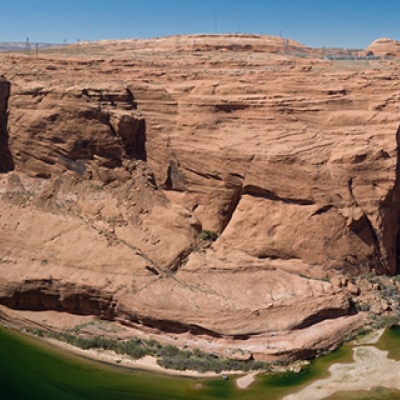
Heat or Eat? NYC Tackles Energy Costs and Climate Change
By Jennifer Miller, PhD / On July 14th, 2016
Heat or eat: that’s the stark choice faced by many low-income families during cold New York winters, according to Scott Oliver of PathStone, a non-profit group in upstate New York. But that could change. In January, New York State Governor Andrew Cuomo launched a new $5 billion Clean Energy Fund that will sharply reduce the state’s greenhouse gas emissions while also lowering energy costs for low-income families.



